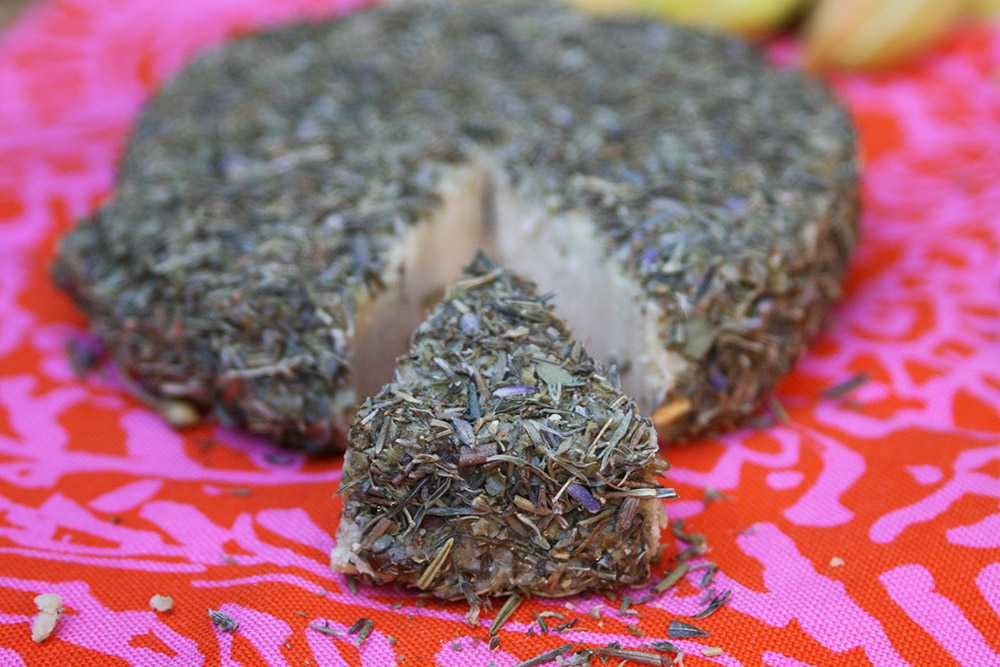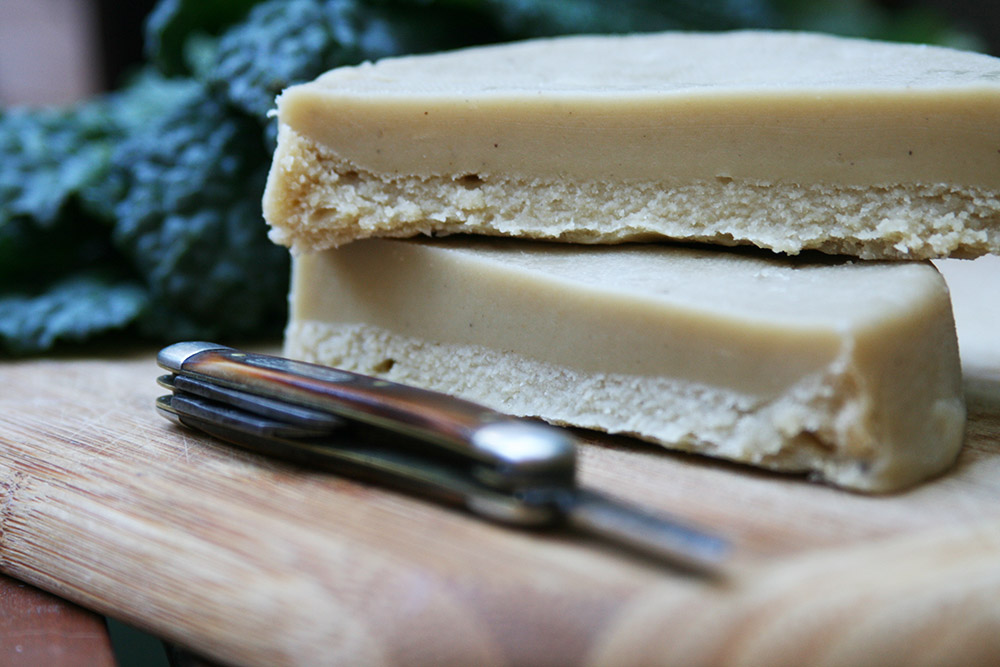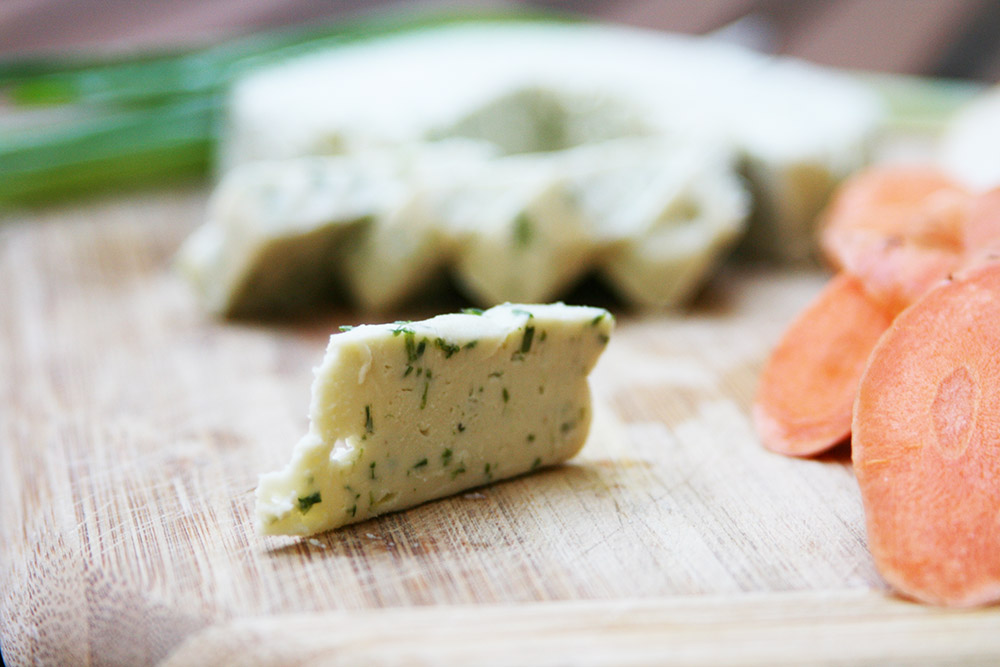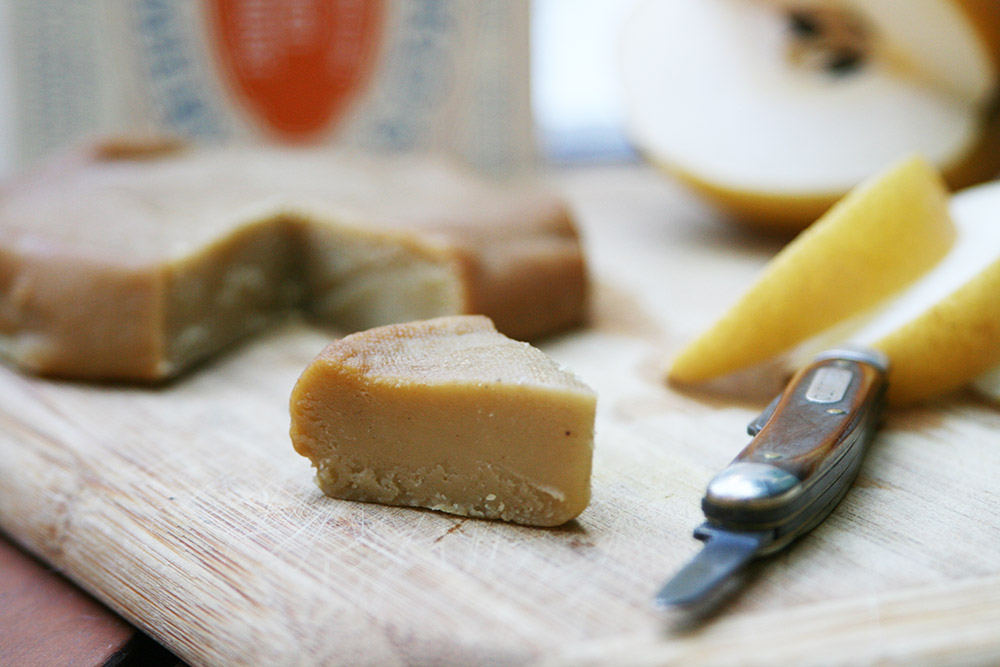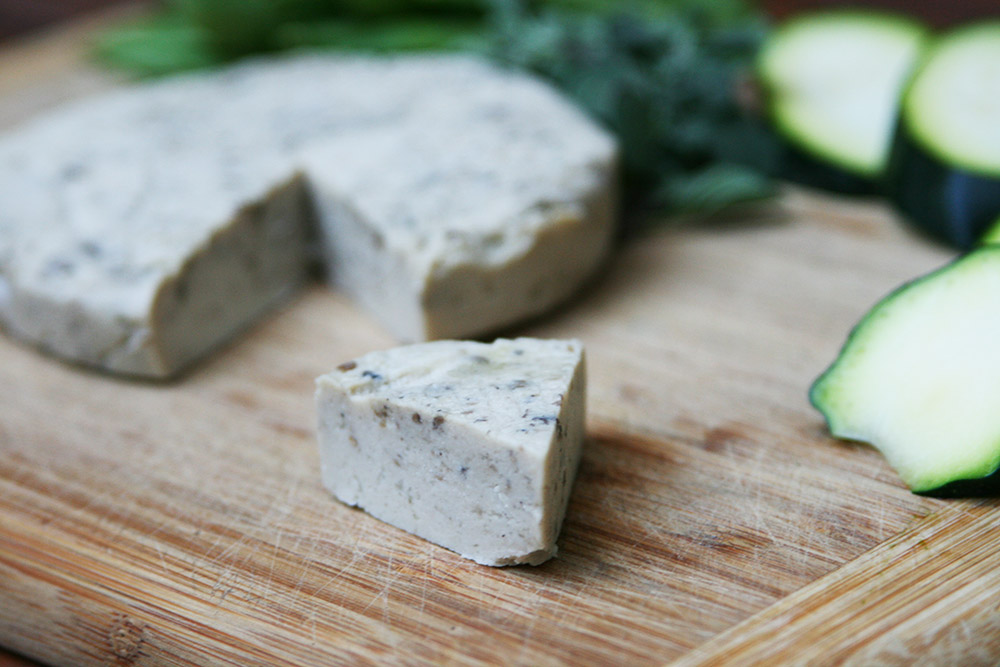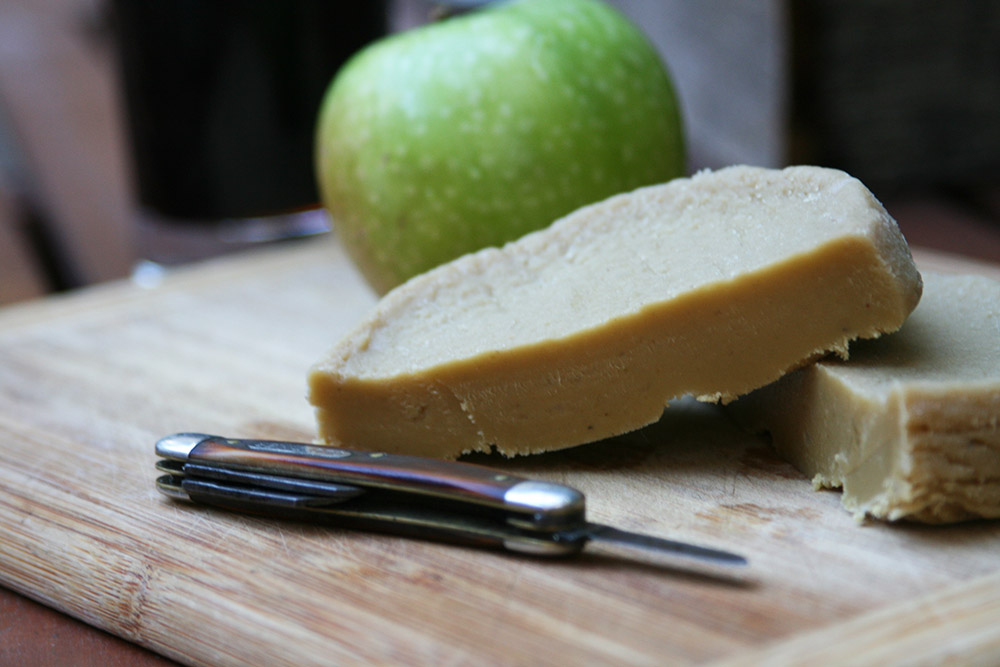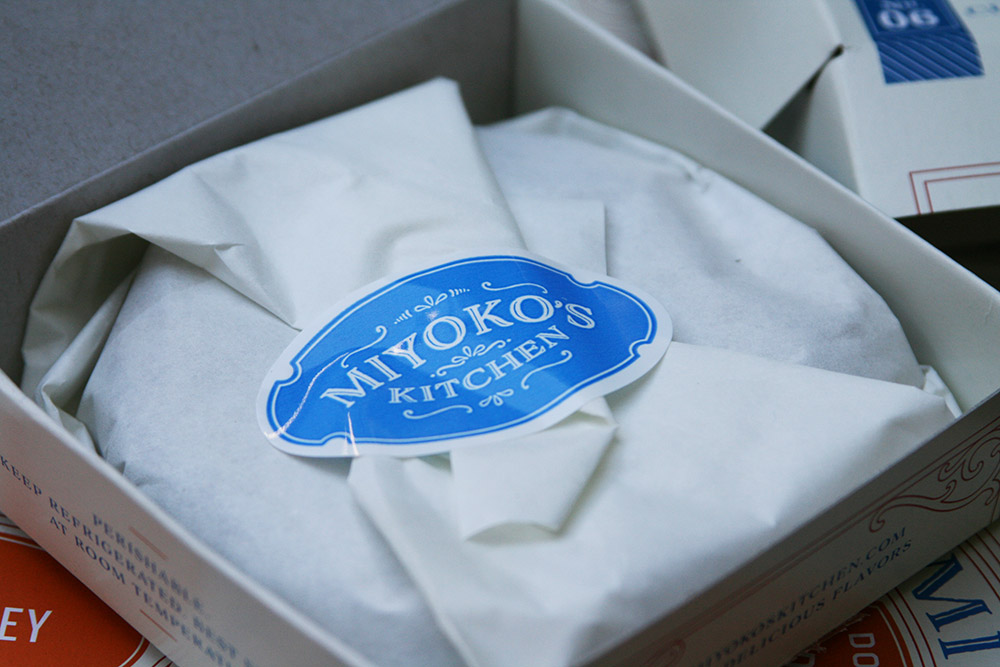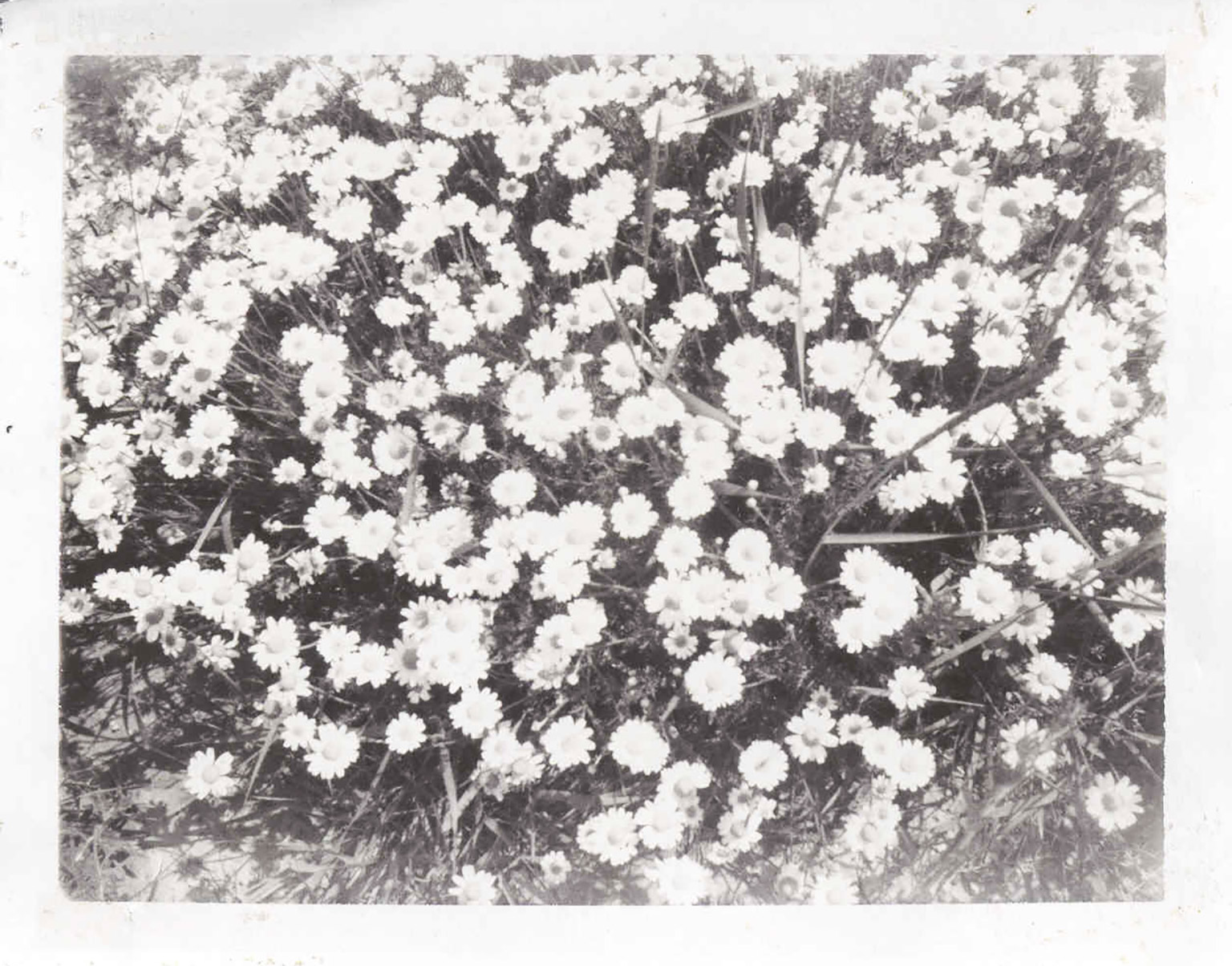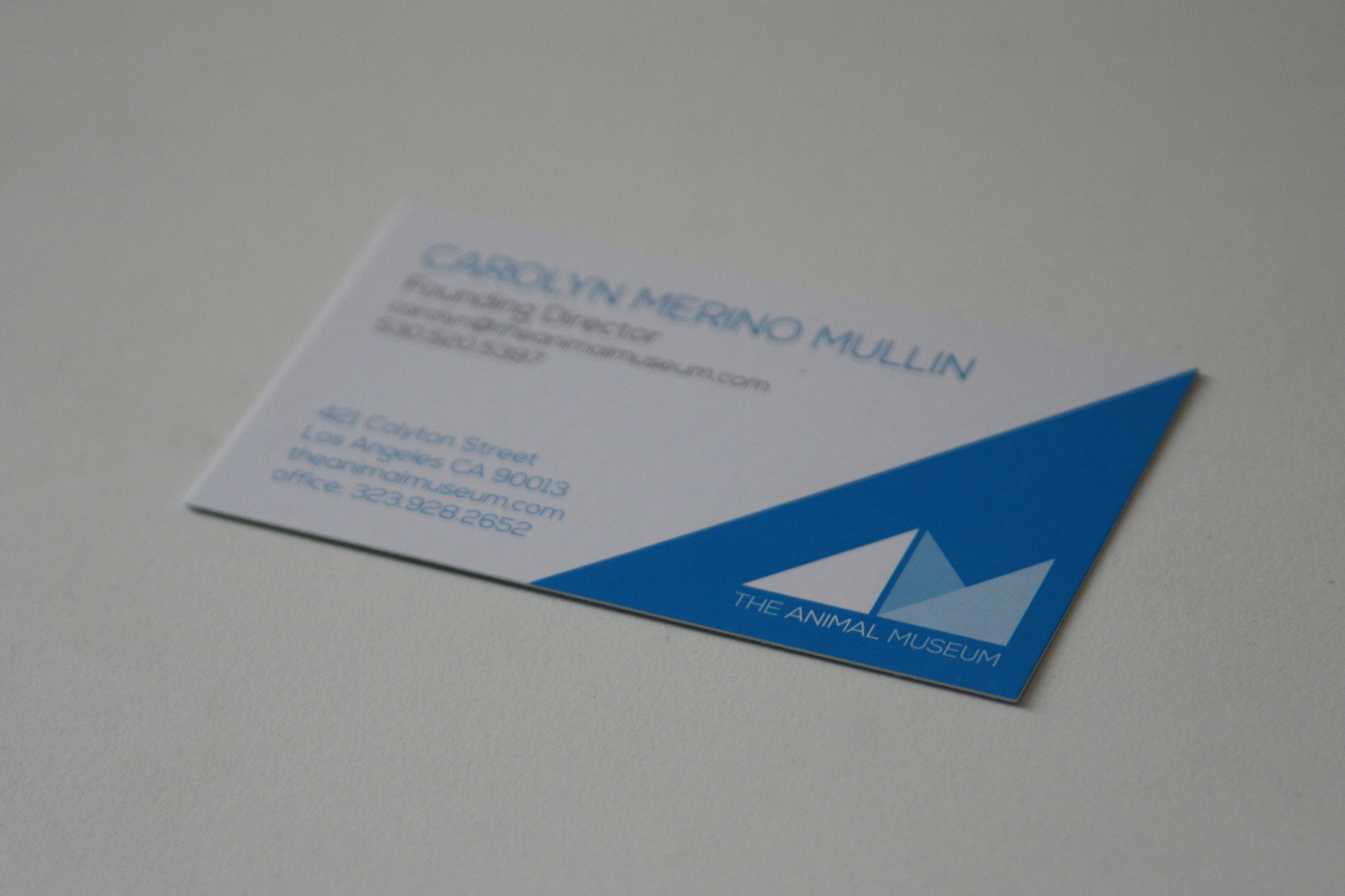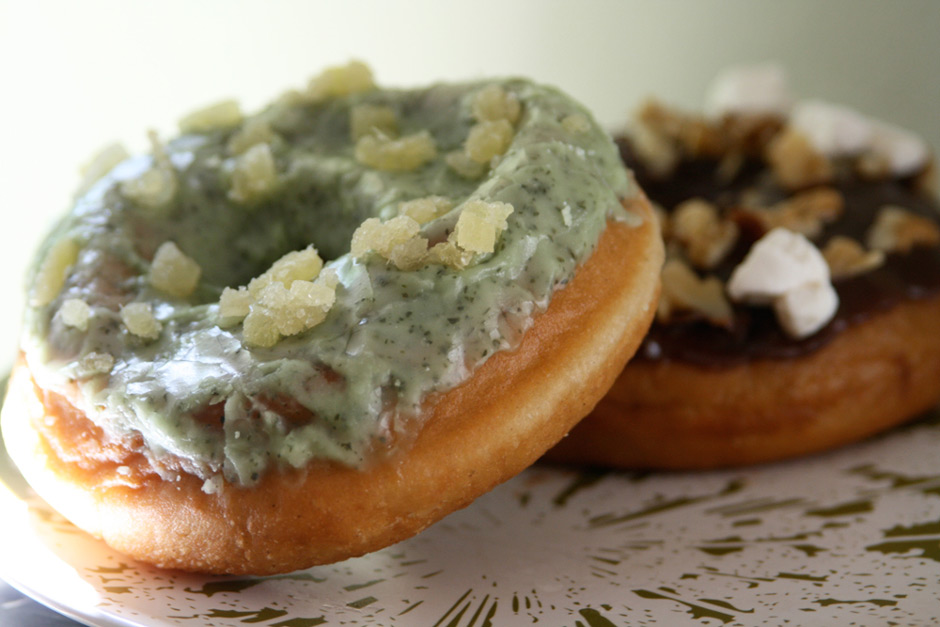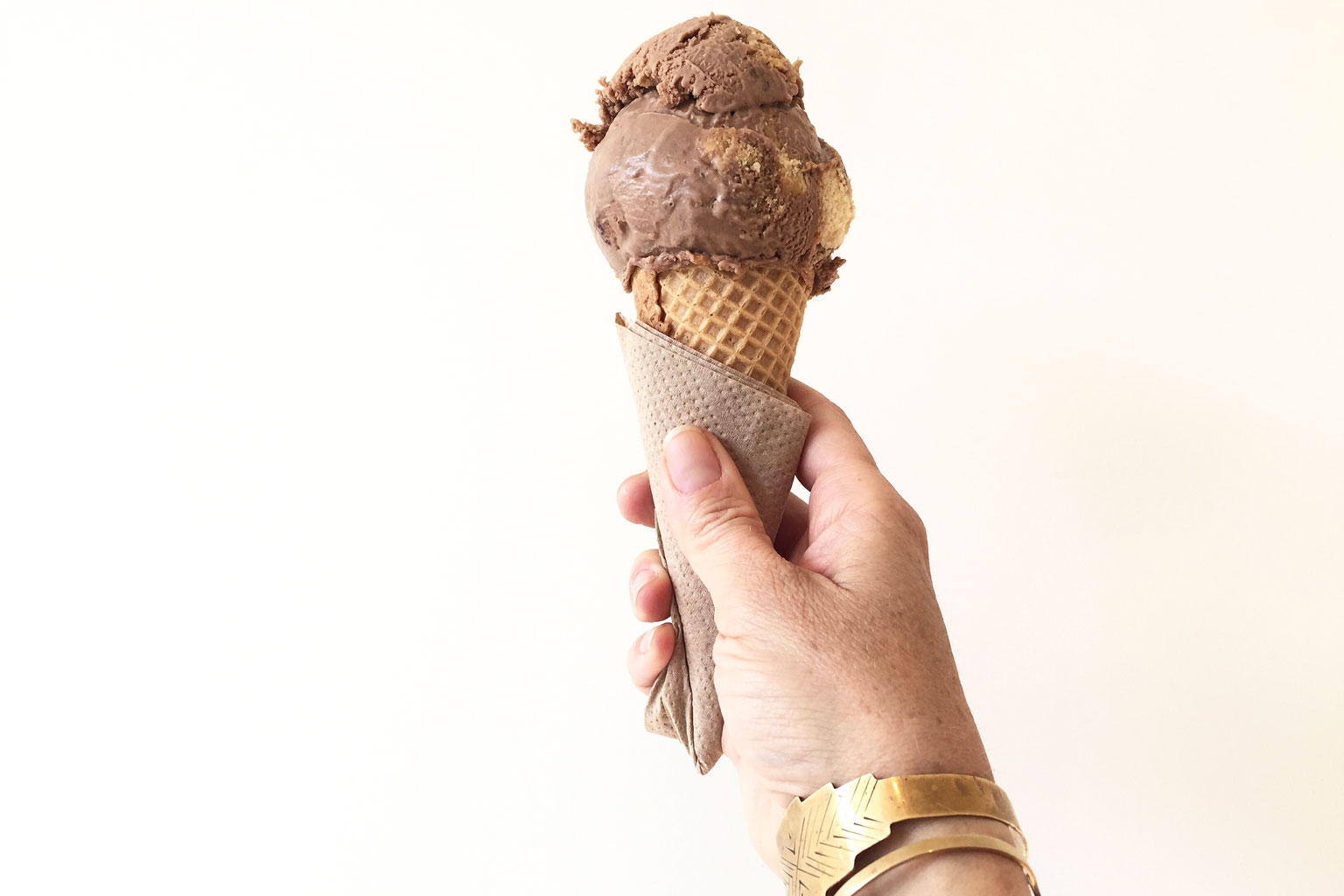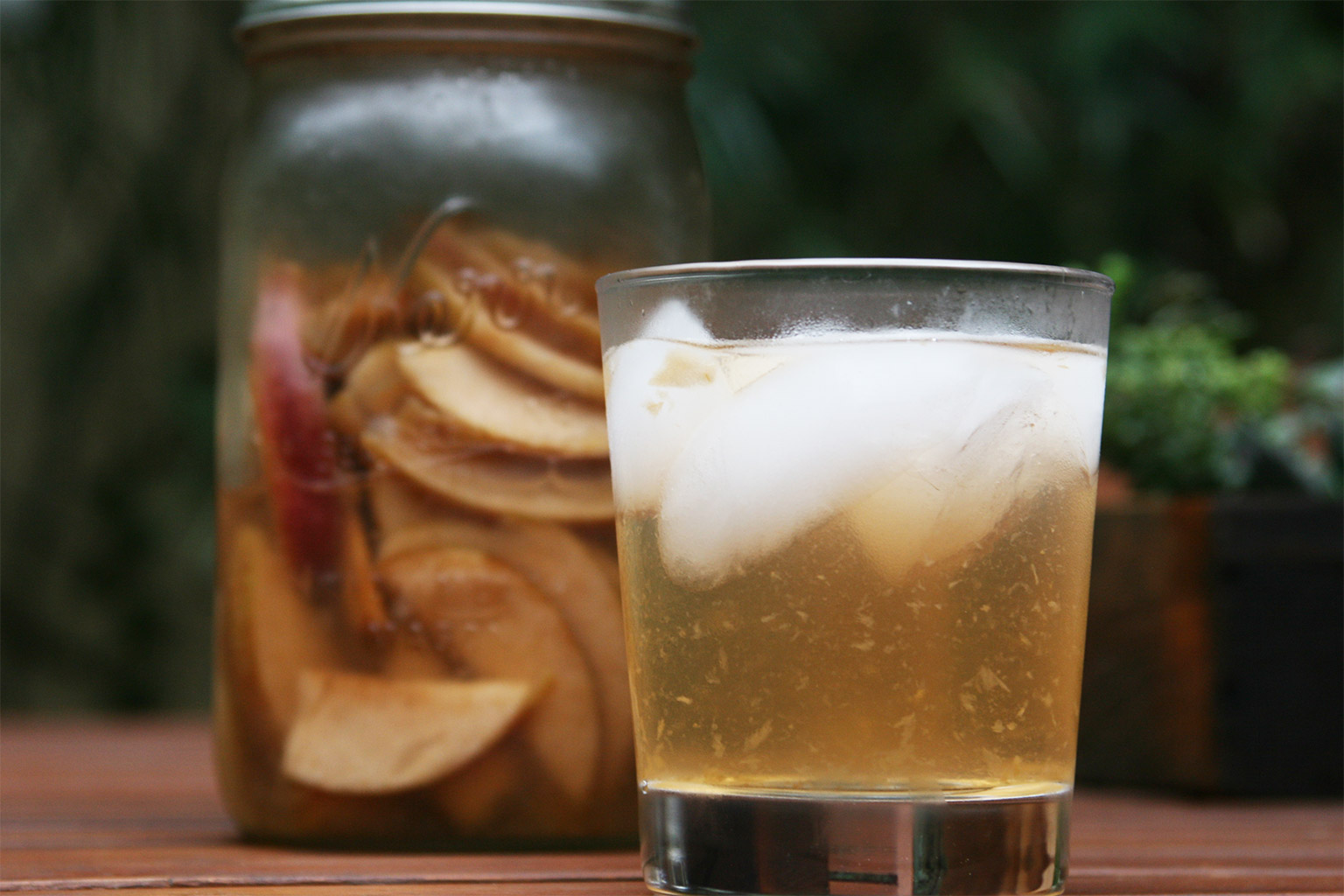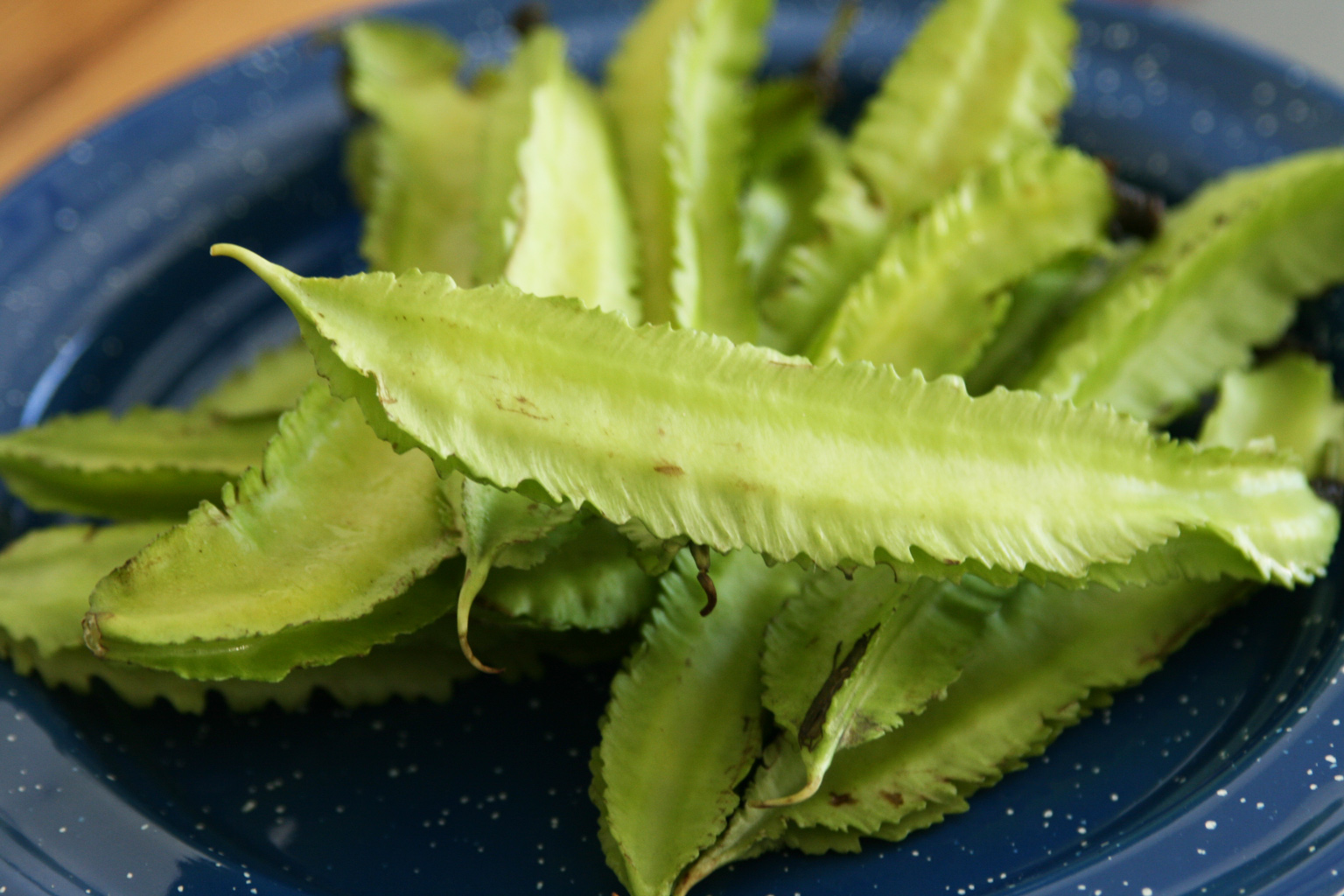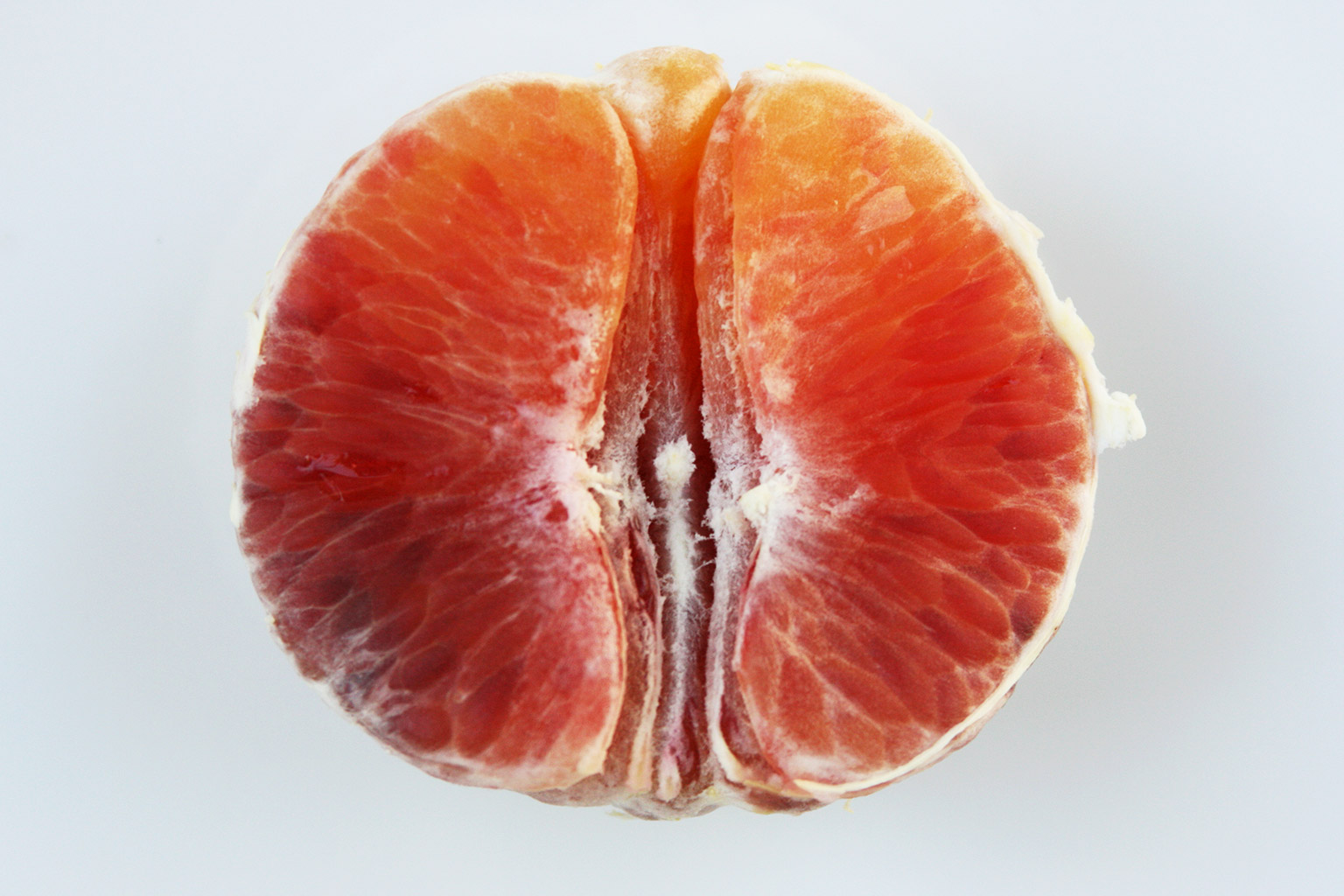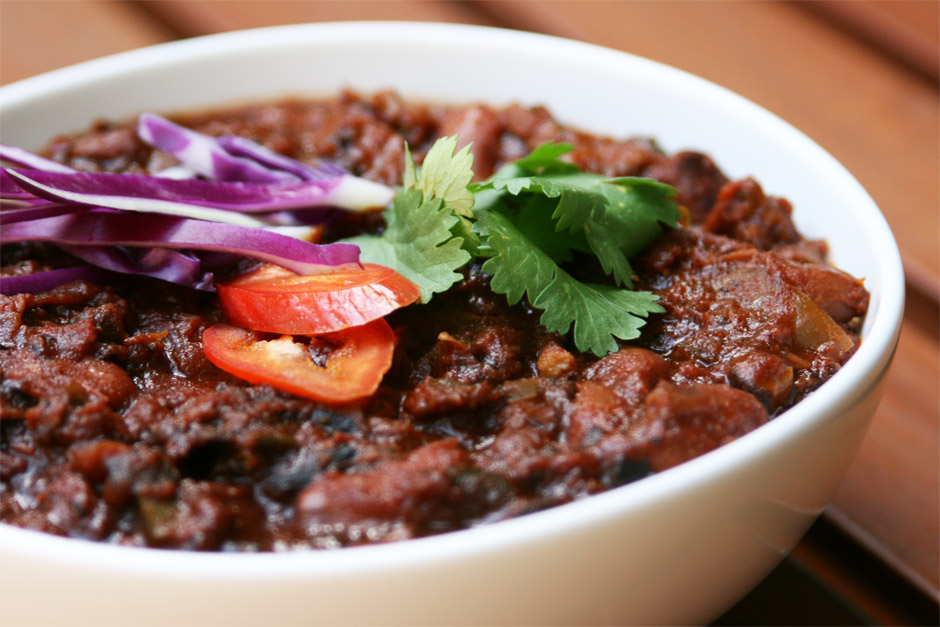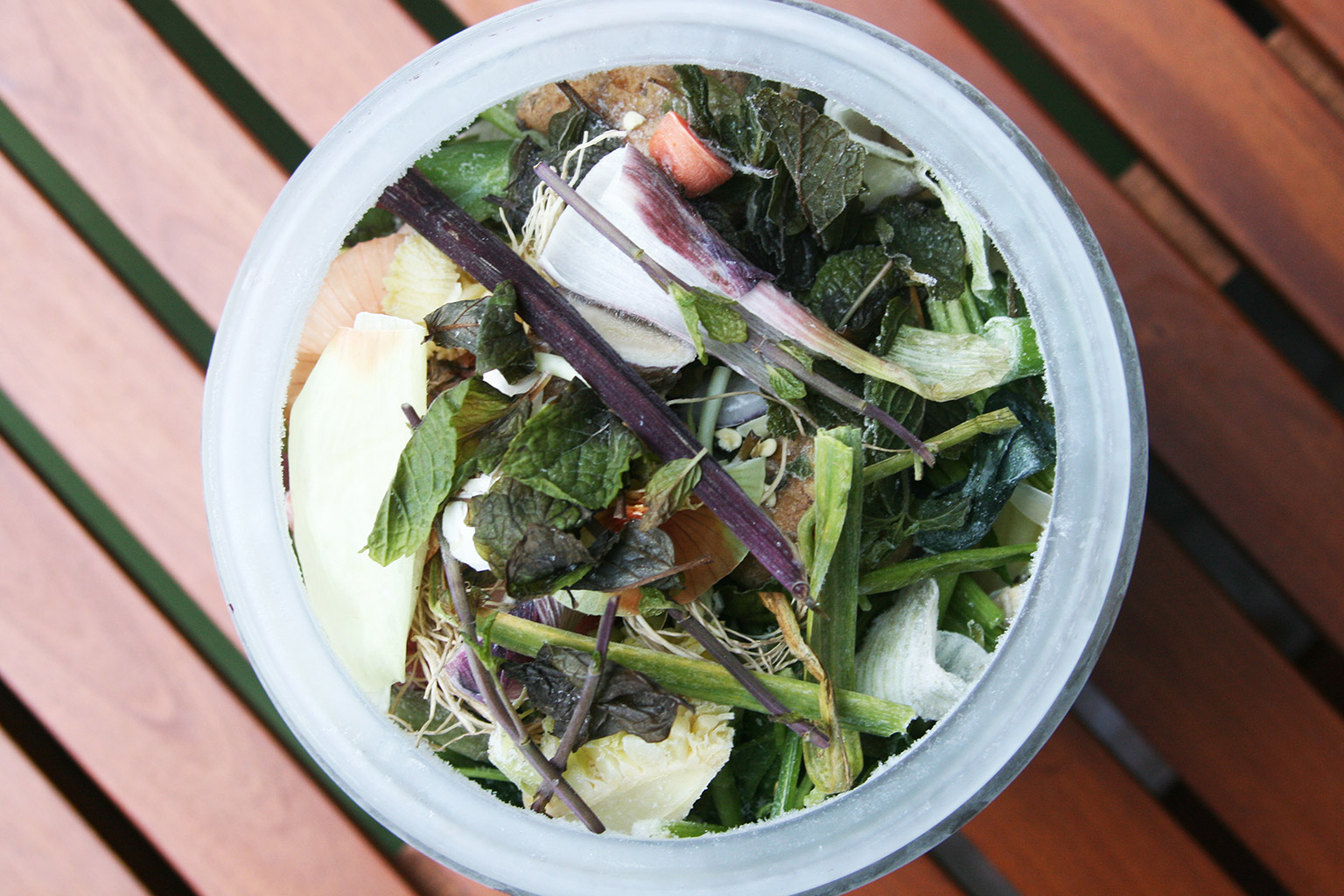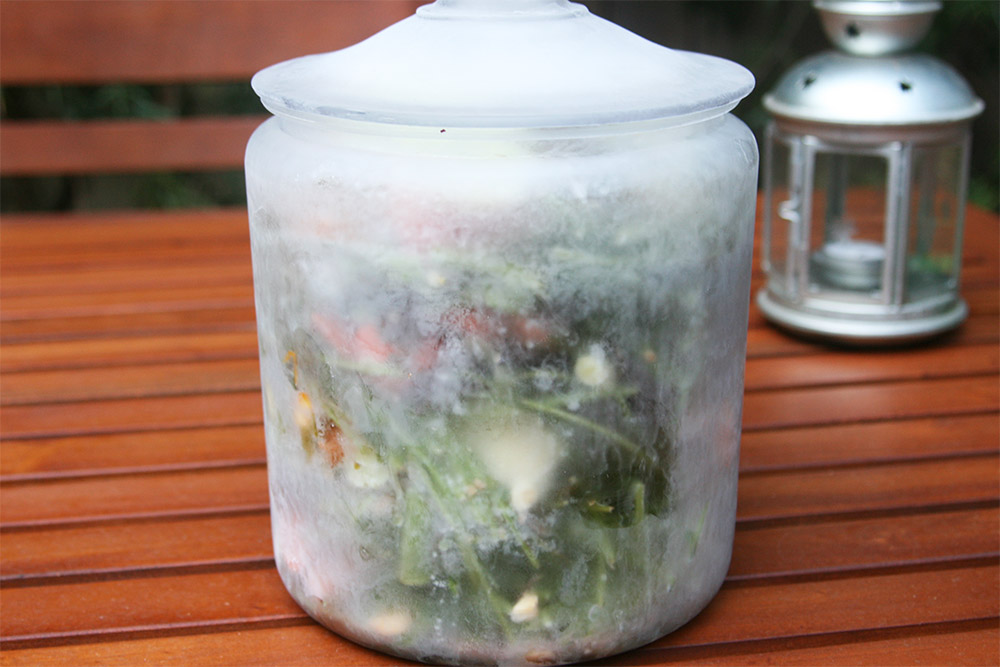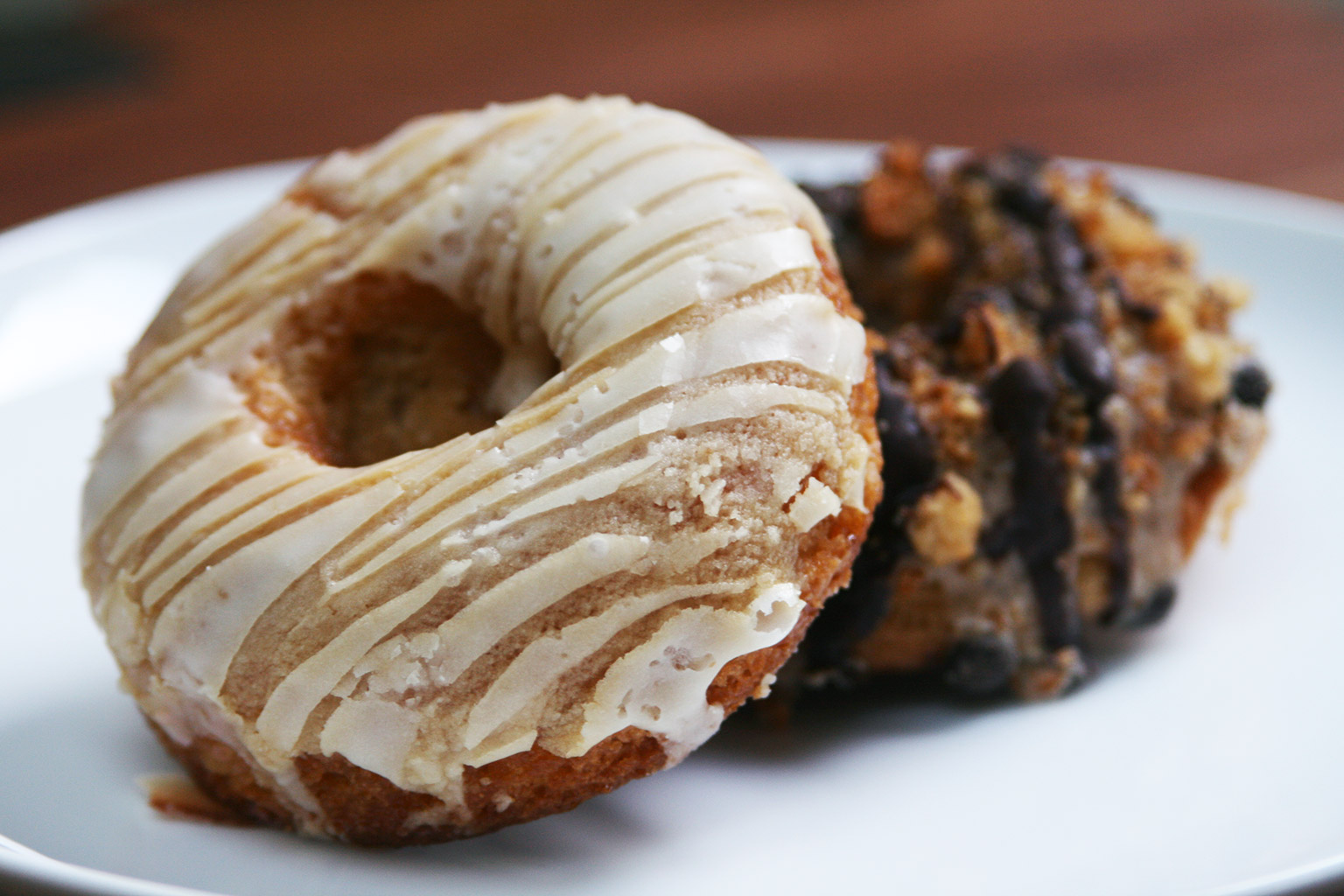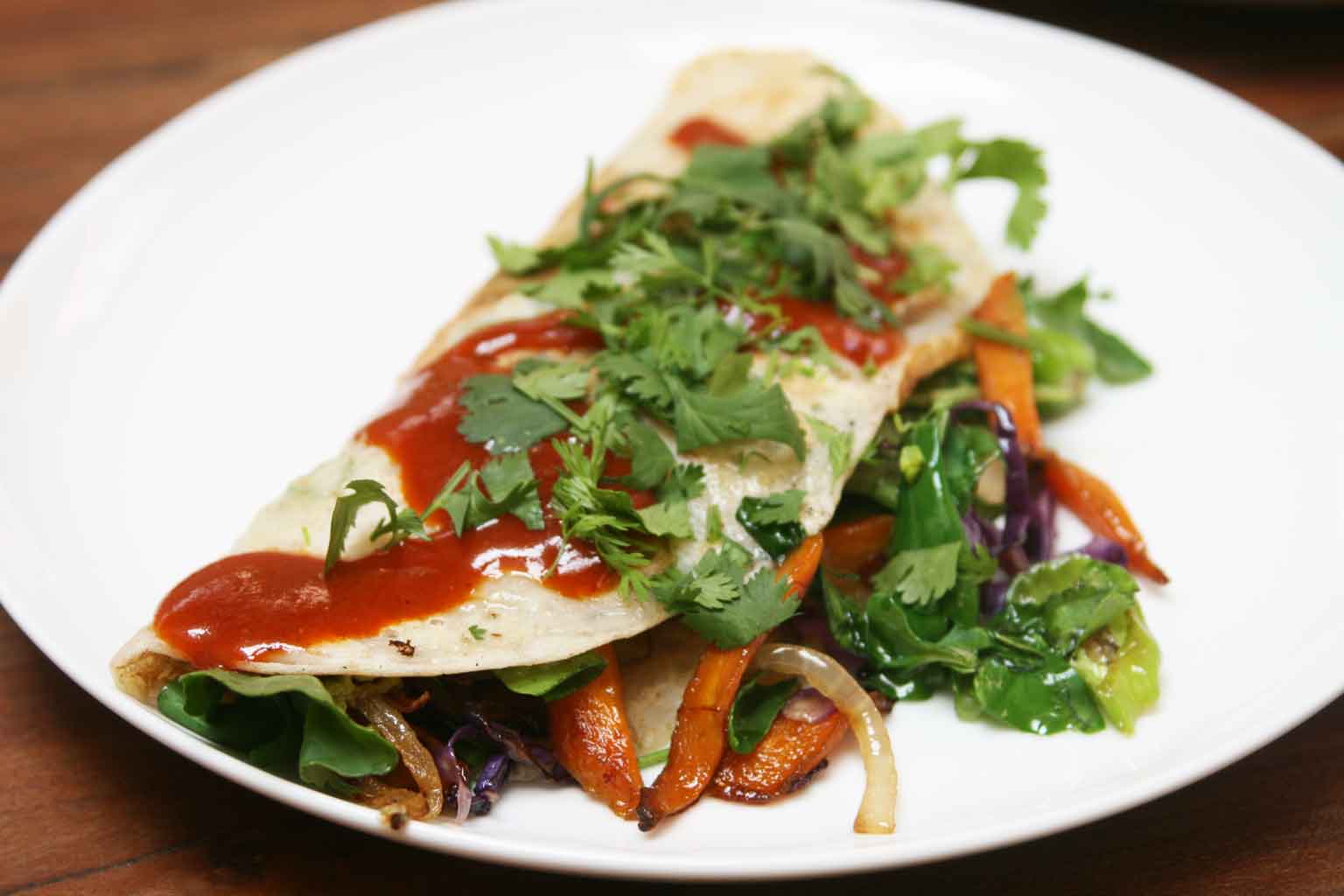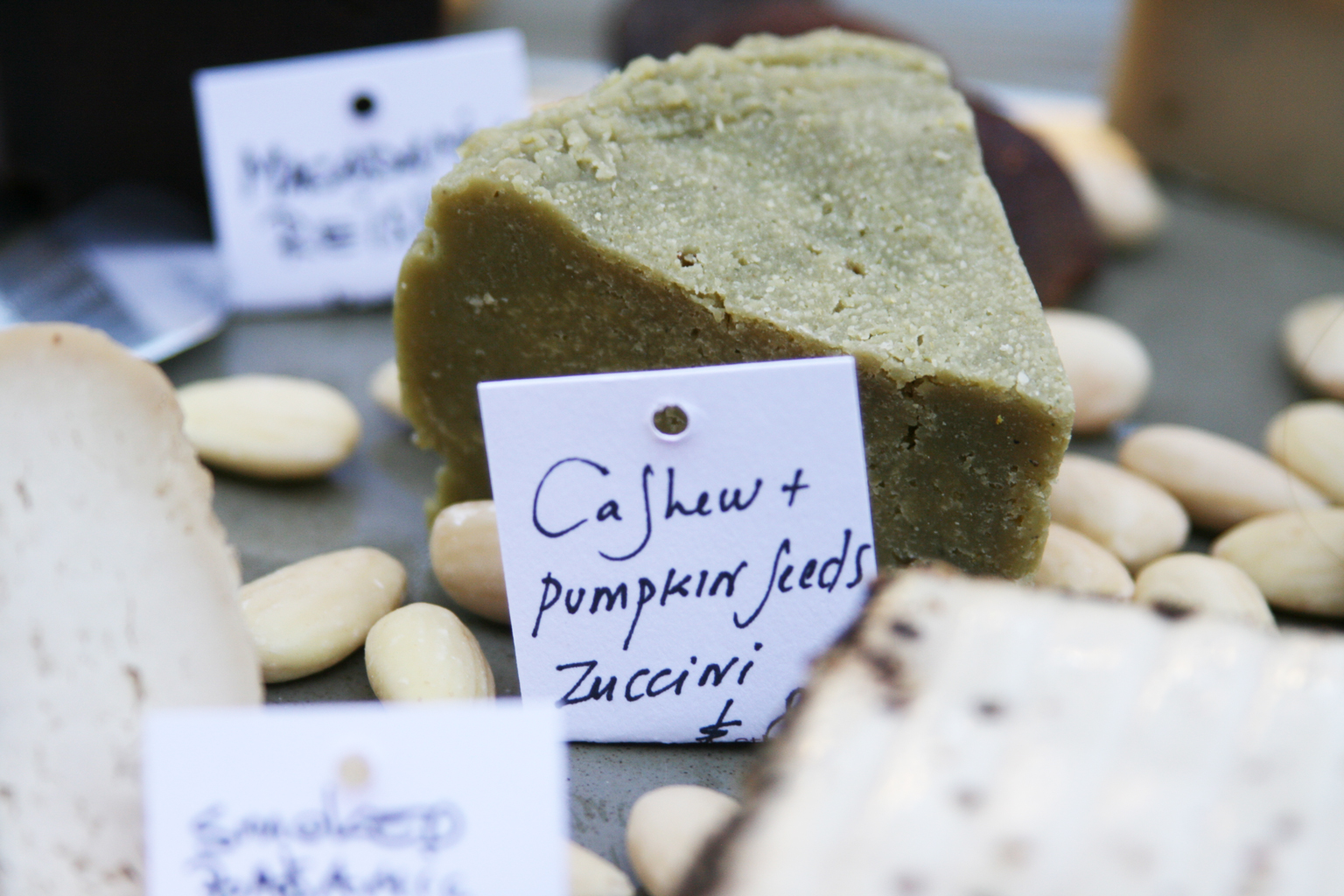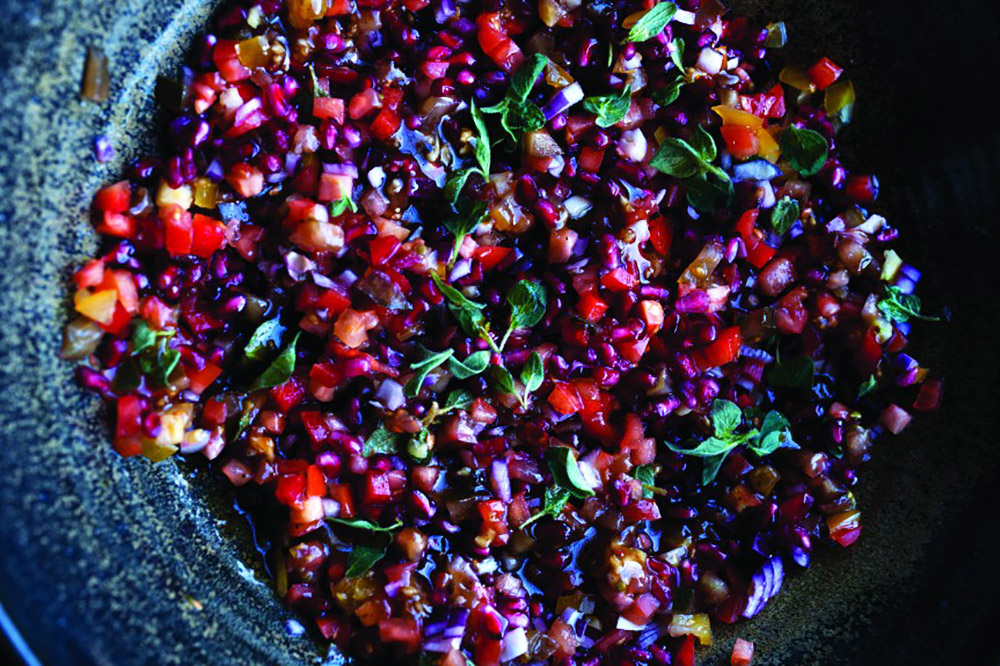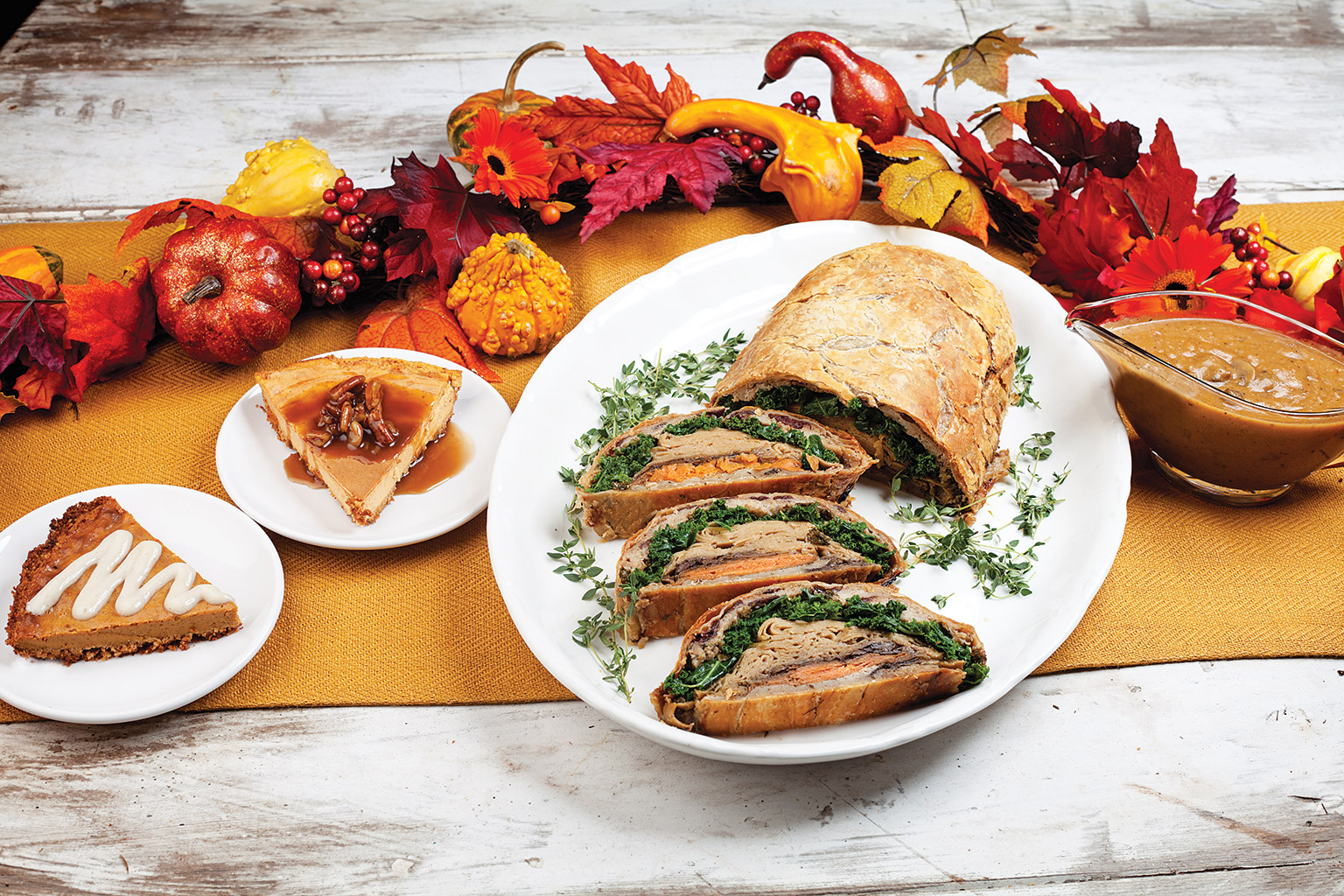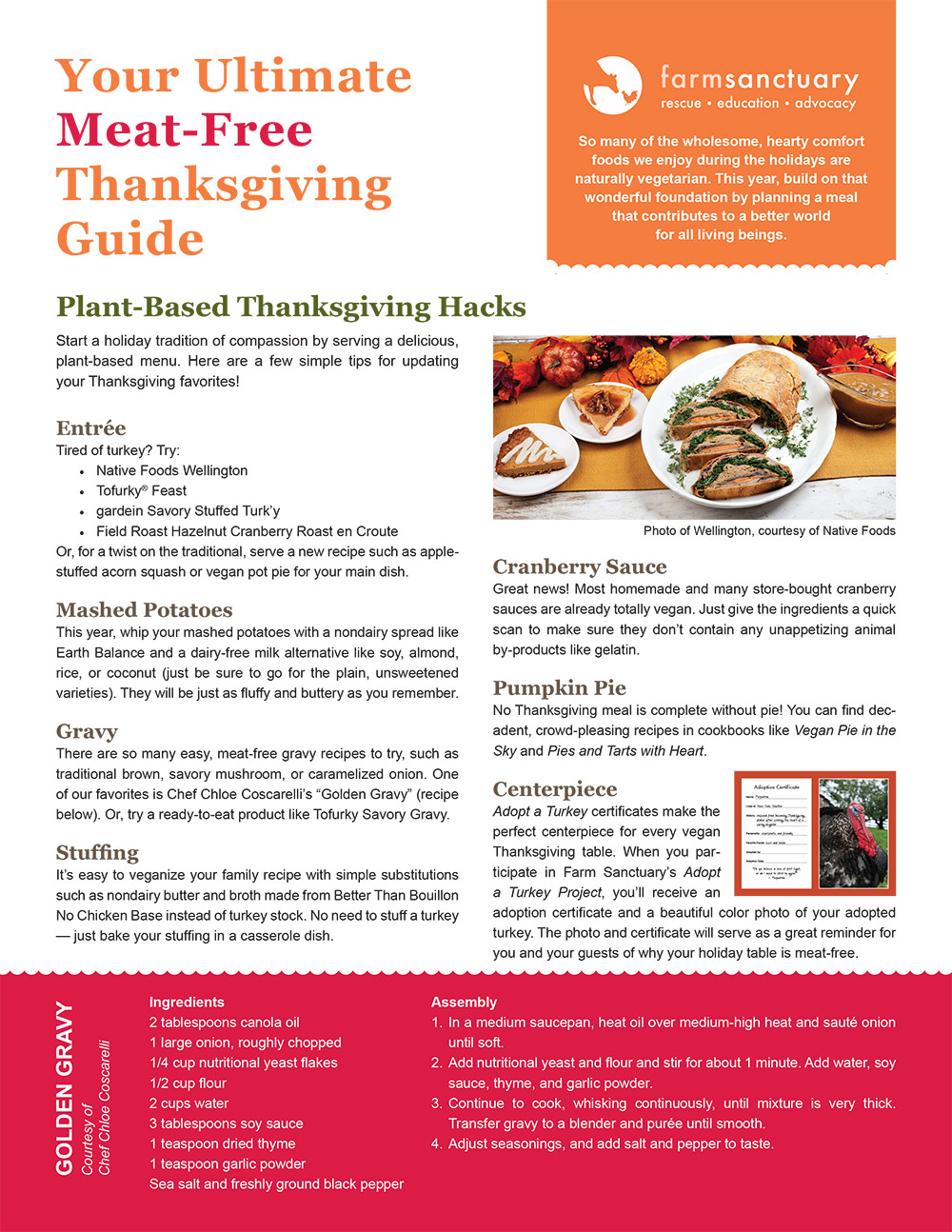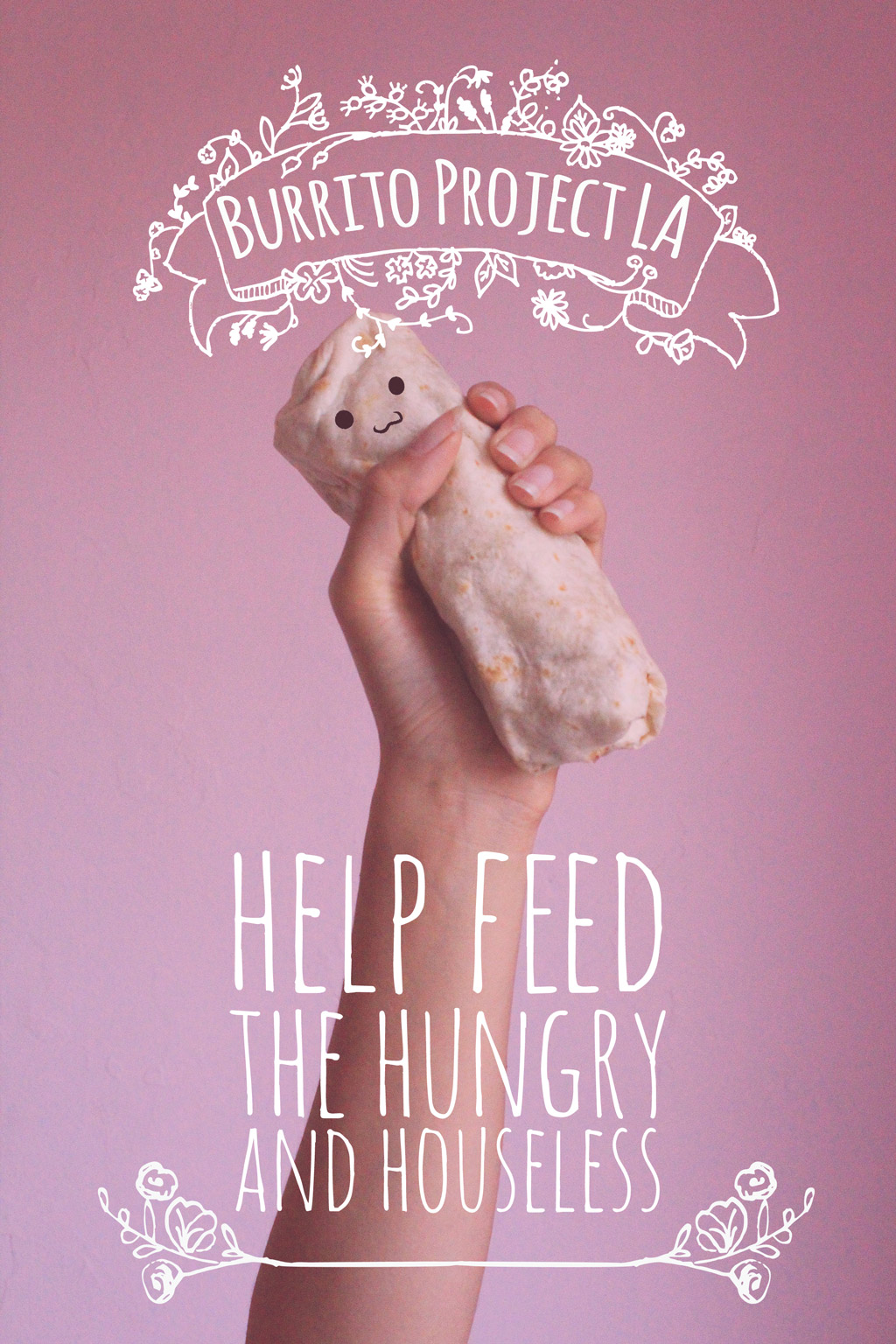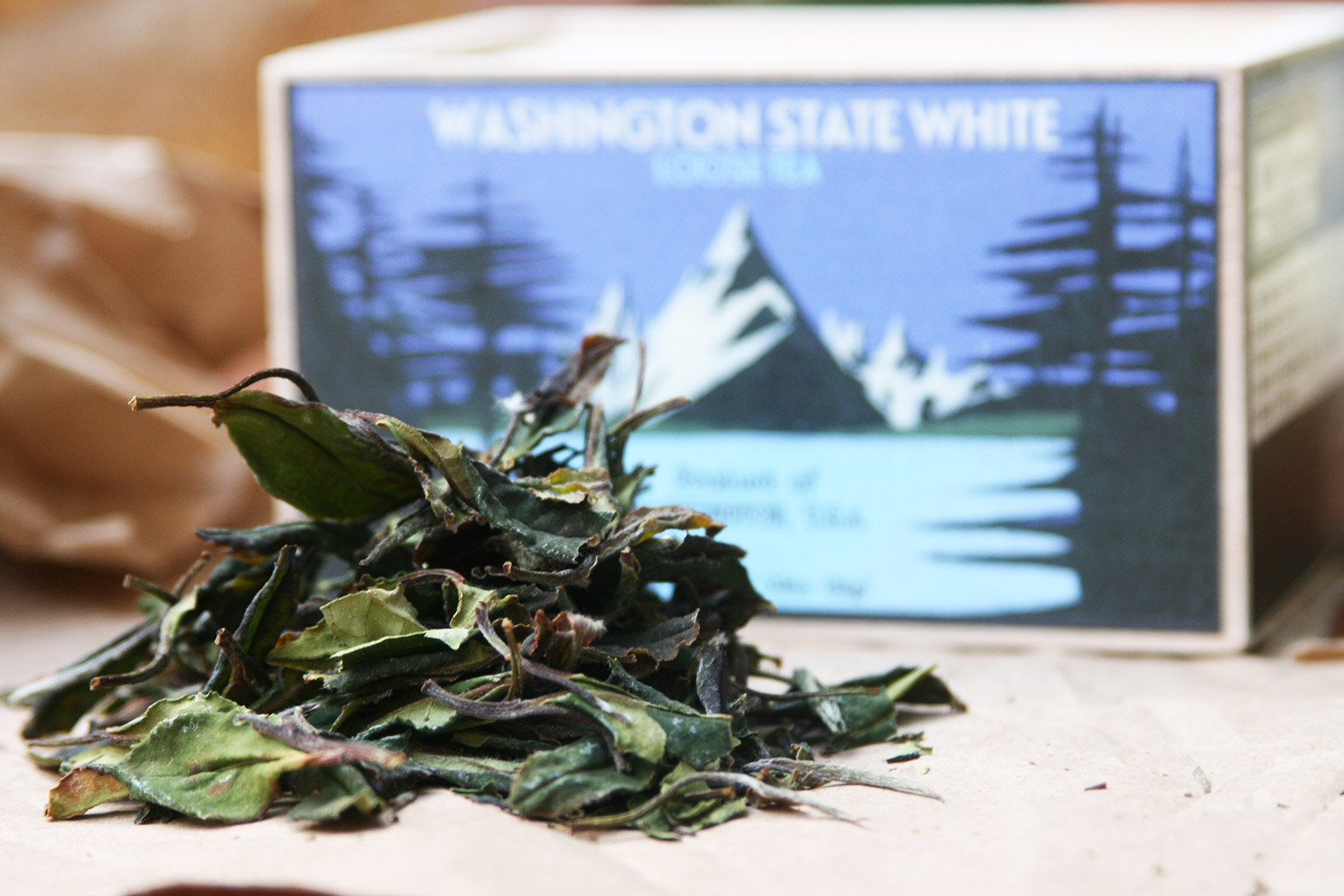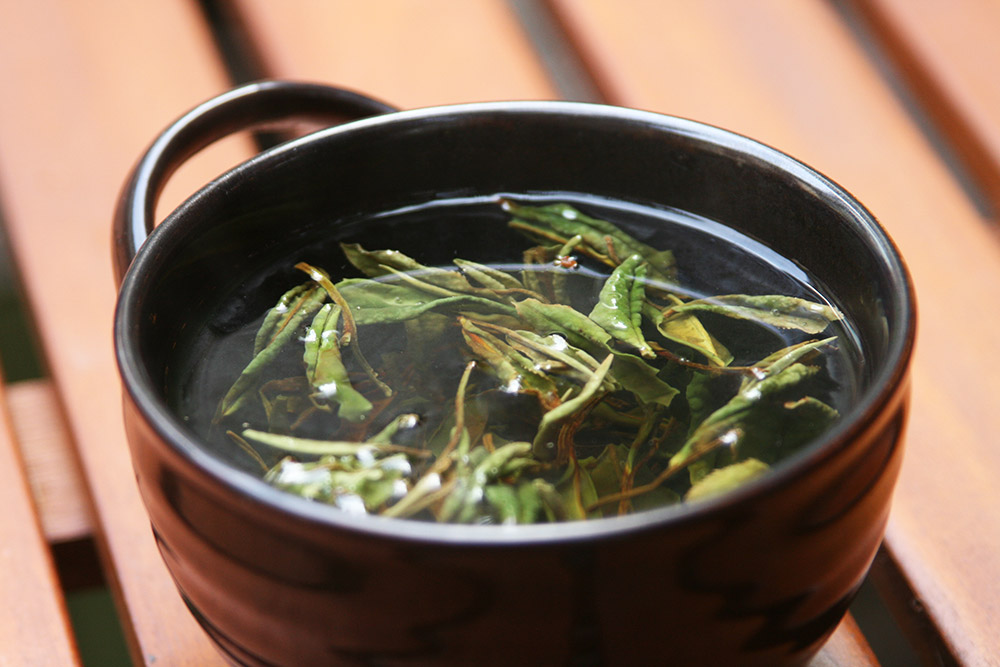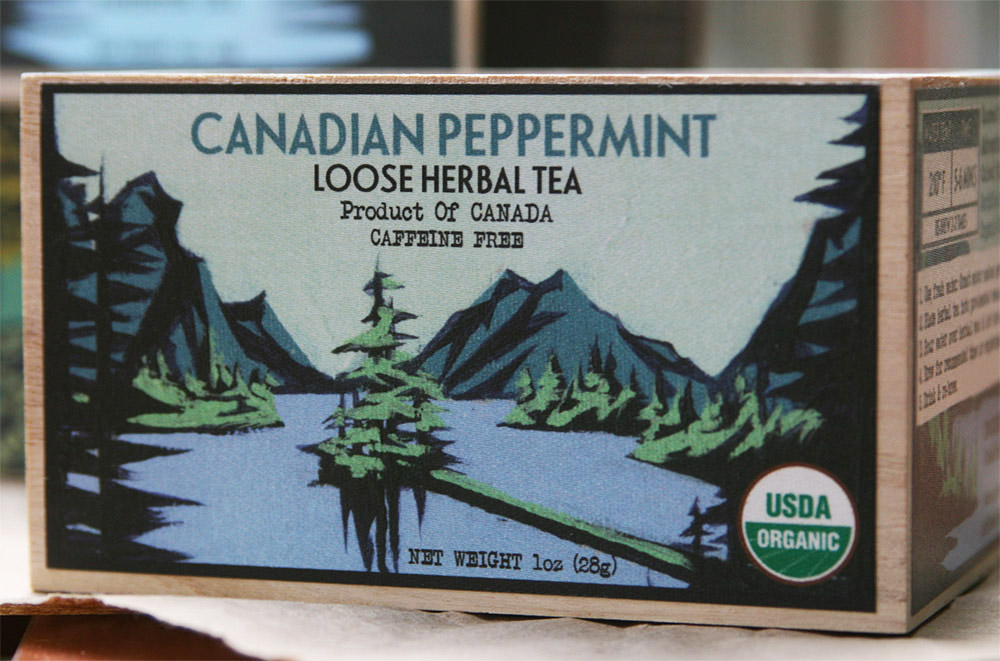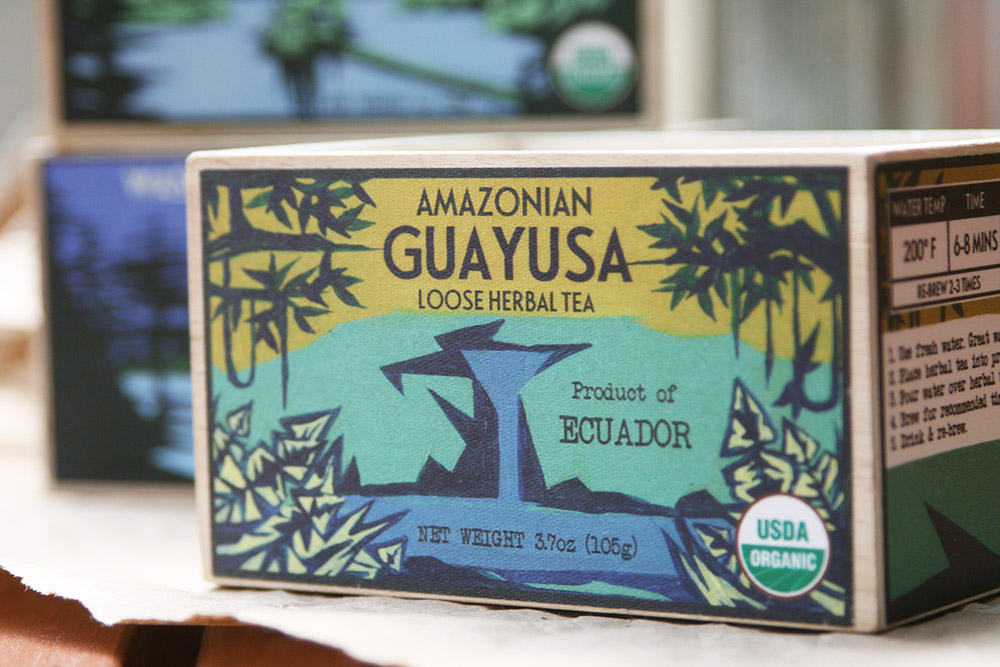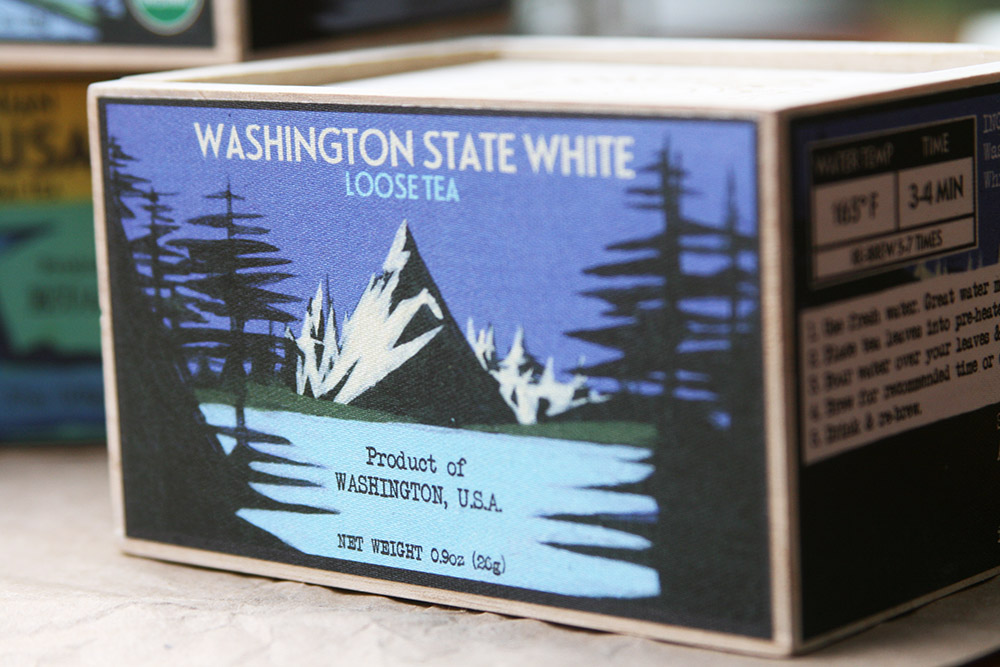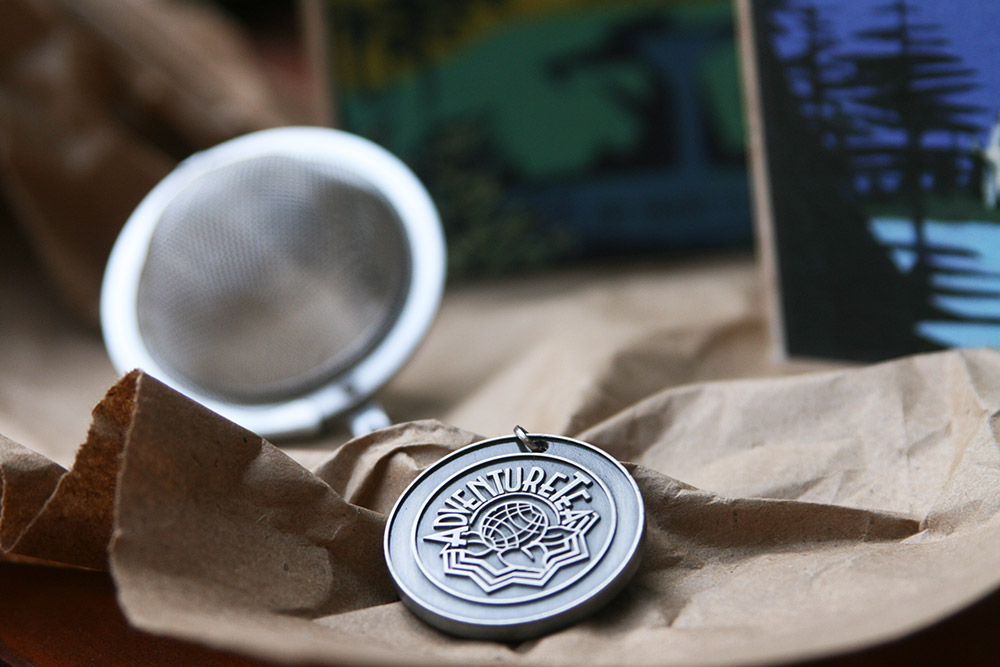November 24, 2014
In my college days, when I first went vegan, things were pretty tough for a lot of us. This was the mid-ninties in small town Virginia—not exactly the golden era for those looking for alternatives to animal products and not exactly a vegetarian oasis. Veggie burger varieties numbered in the twos, the vegan cheese realm was dominated by the bright orange, plasticy Tofutti slices, and many a falafel was made with Fantastic Foods box mixes.
Fast forward nearly twenty years, and we actually may be in an culinarily animal-friendly golden era now. With such advances in food technology and the recognized prevalence of very vocal vegetarians and vegans in the commercial market, we’ve reached a point where most food needs + wants have been met for the meat- and dairy-free and then some. In cities like Los Angeles, we’re even stepping beyond that point of attempting to match animal products with faux versions to enjoy this new era of ‘plant-based foods’, a new trend often hesitant to label itself vegan that pushes the inherent excellent taste and impact on health of foods free of meat, dairy, and overly processed ingredients.
This new domain may well be the perfect setting for the longtime vegan holy grail—dairy-free cheese. While most every other animal-based food has been pretty well matched for a while with a healthier, more environmentally friendly, often tastier vegan counterpart, dairy-free cheese has been a tricky, tricky beast.
But, in the past five or so years, a small movement has turned away from overly-processed vegan cheeses to look towards more simplified nut-based cheeses, many of the best of them cultured + aged like traditional dairy cheeses. We’ve tried just about all of them—many of which are relatively interchangeable in taste, texture, presentation—but newcomer Miyoko’s Creamery has got us really excited.
Started by Miyoko Schinner—author of 2012’s Artisan Vegan Cheese—and her co-founder, Lisa Shanower, the company strives to “recreate the range of flavors and textures (Miyoko) had once enjoyed from dairy cheeses before becoming vegan.”
More from the site: “Indeed – the lure of cheese is strong, and many of us have fallen to its siren call. We hope to be able to answer that call with the most delectable whole-foods, plant-based cheeses in the world!”
For us, the main two things that put this company and its products out ahead of the rest of the pack are the generously large sizes of the cheese wheels and the great variety of cheeses—or ‘cultured nut products’ as the state of California requires them to call it since it doesn’t contain dairy. Miyoko + company are really pushing the envelope, not settling for a dairy-free version of jack + cheddar and calling it a day, but striving for higher end cheeses, sourcing high end, organic ingredients and getting really creative with both the tastes and presentation of the cheeses. They’re beautiful works of art that I want to devour.
What’s more, Miyoko’s offerings seem to be ever-evolving, with limited editions cheeses like the Mt. Vesuvius Black Ash and the just added Double Cream Garlic Herb.
Miyoko’s plans to open a storefront at their production facility in northern California, but, for now, the best way for most of us to get their cheeses is to order them online. We’ve done it twice now and our order arrived just a couple of days after ordering, though we’re just down the road, relatively speaking. Thanksgiving preppers—Miyoko’s recommends ordering before noon PST today to receive in time for the holiday feasting. Northern Californians—Miyoko’s is also now carried at a number of retailers, which we can only assume will steadily expand.
Regardless of how you get them, though, get them. We really think Miyoko’s is a game-changer in the vegan cheese world and a welcome one at that.
Pictured above, Fresh Loire Valley soft cheese in a fig leaf. Below, Miyoko’s very well-designed packaging; the visually impressive Country Style Herbes de Provence soft cheese; the High Sierra Rustic Alpine semi-hard cheese; Classic Double Cream Chive soft cheese (Katie’s favorite); Aged English Smoked Farmhouse semi-hard (my favorite); French Style Winter Truffle soft; Aged English Sharp Farmhouse hard cheese; and some more lovely packaging.

